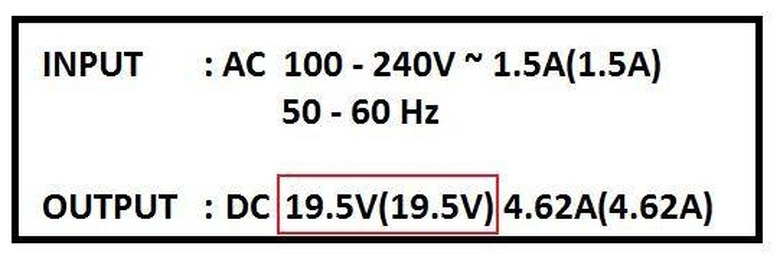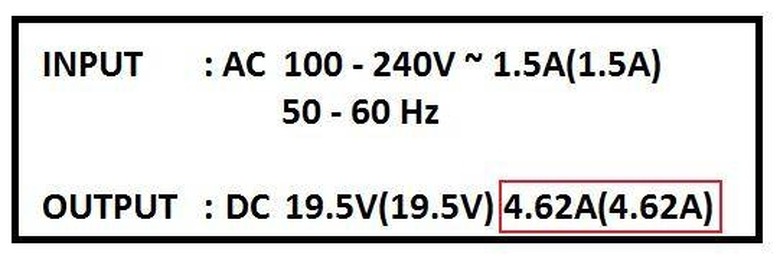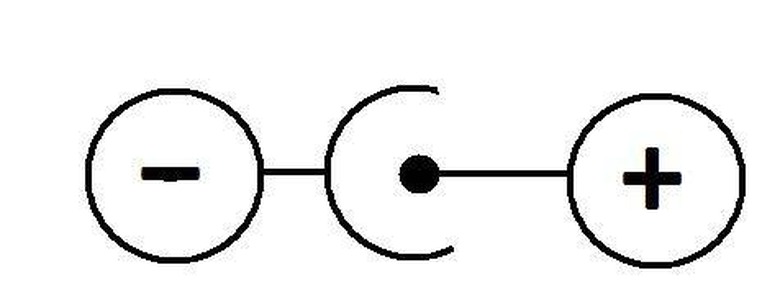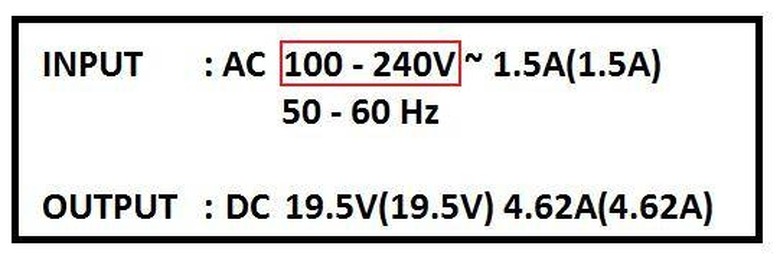How To Read An AC DC Adapter
Knowing how to read an AC DC adapter is a skill that comes in handy during a variety of home projects. You can easily match power cords to devices by comparing voltage and polarity, and if an adapter is damaged you can use the information to find a replacement.
Step 1
Identify the voltage. Next to the word "output", you'll see a number with a "V" after it (such as 12V). This is your voltage.
Step 2
Identify the amperage. After the volts, there will be another number with "A" or "mA" after it (such as 3A or 500mA).
Step 3
Find the diagram that shows three circles connected by lines. The center circle will be open on one side. Whichever sign it opens to is the polarity of the tip. If the circle opens to the plus sign, it is tip positive. If it opens to the minus, sign it is tip negative.
Step 4
If possible, compare the information from the AC DC adapter to the device it powers.
Step 5
Check the Input section to determine the voltage it requires from the wall outlet. A rating between 100 and 120 volts denotes standard voltage used in the United States. A rating of 200 to 240 volts denotes voltage used in a foreign country, and the adapter will require a voltage converter to work in the United States.
TL;DR (Too Long; Didn't Read)
An amperage listing of mA denotes milliamps. 500 milliamps are equivalent to 0.5 amps. AC DC adapters that have an input of 100V to 240V can be used with any voltage, but may require a country specific plug adapter. If you're going to purchase a replacement adapter, bring the device to the store with you so you can find the appropriate tip.
Warning
Do not guess about the polarity if the diagram is unclear. Contact the device manufacturer for more information or to order a replacement. Using an AC DC adapter with the incorrect wall voltage will result in damage to the adapter and/or device.
Cite This Article
MLA
O'Brien, Rebecca. "How To Read An AC DC Adapter" sciencing.com, https://www.sciencing.com/read-ac-dc-adapter-4967212/. 24 April 2017.
APA
O'Brien, Rebecca. (2017, April 24). How To Read An AC DC Adapter. sciencing.com. Retrieved from https://www.sciencing.com/read-ac-dc-adapter-4967212/
Chicago
O'Brien, Rebecca. How To Read An AC DC Adapter last modified March 24, 2022. https://www.sciencing.com/read-ac-dc-adapter-4967212/



